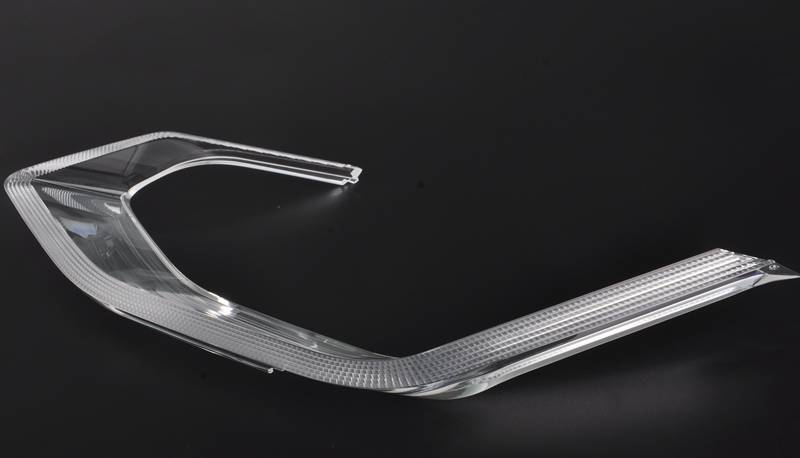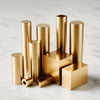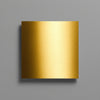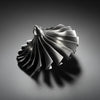Car Light Guide Strip Production

What is a Light Guide Tube?
Light guide strips are fabricated from PMMA (acrylic) or polycarbonate (PC). When a light source is introduced at one end, the tube uniformly distributes illumination along its entire length through total internal reflection (TIR).
Key optical principles:
-
Micro-prismatic surfaces redirect light via axial reflections
-
Brightness correlates with incident angle – shallower angles enhance luminance
Design and Requirements
Critical requirements for light guides include:
-
Minimum 50% light transmission efficiency (per SAE J575)
-
Optical-grade material integrity:
-
Zero bubbles/inclusions (ASTM D1003 Class A)
-
No structural irregularities
-
-
Superior surface finish:
-
Typical roughness Ra ≤0.32μm (mirror finish)
-
Vacuum Casting

While injection molding excels in mass production, its high mold costs (typically $5,000-$50,000) make it economically unfeasible for low-volume runs. This is why vacuum casting has become the prevailing solution for prototyping and small batches.
Key process characteristics:
-
Master pattern quality dictates final part finish
-
Production methods:
-
CNC machining (achieving Ra 0.4-1.6μm)
-
Additive manufacturing (with post-processing to Ra 3.2μm)
-
-
-
Post-processing requirements:
-
Sanding (400-2000 grit)
-
Polishing (diamond paste ≤1μm)
-
Vapor smoothing (for 3D printed patterns)
-
CNC Machining
Usually vacuum castings do not have high precision and their surface finish is not as good as glass. This is why CNC machining is usually the first choice for making accurate light guide strip samples.

Precision Machining and Post-Processing
This stage requires precision 5-axis milling, making it ideal for machining optical components with complex geometries. The PMMA is then processed into a glass-like structure using ultra-fine diamond-tipped tools (tip radius ≤0.1mm).
Surface finishing protocol:
-
Primary polishing:
-
Abrasive grit: #400–#600 silicon carbide
-
Applied force: 0.5–1.2N/cm²
-
-
Final polishing:
-
Diamond paste: #1500–#2000 (1–3μm particle size)
-
Surface speed: 15–20m/min
-
Resultant material properties:
-
Optical clarity: >92% light transmission (per ASTM D1003)
-
Mechanical superiority vs glass:
Property PMMA Glass Improvement Tensile strength 70MPa 50MPa +40% Impact resistance 17kJ/m² 3kJ/m² 5.6×
Test
Optical optimization tip:
If light output is insufficient, first adjust the light coupling angle (θ) rather than redesigning:
-
Reduce θ between light source and guide surface
-
Increases critical angle incidence → enhances TIR efficiency
-
Typical improvement: +15-20% light throughput
-
Posted in
Acrylic, automotive light guide, cnc machining, PMMA





